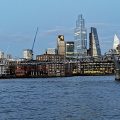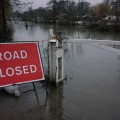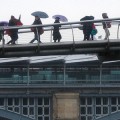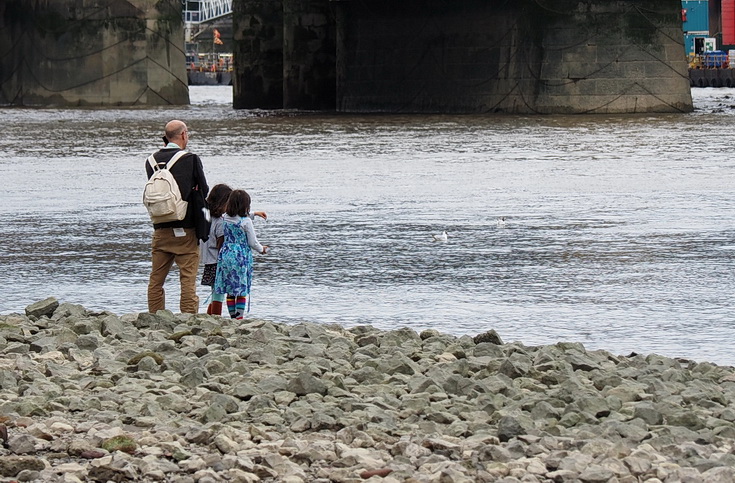
Large expanses of rocks, pebbles and bijou sandy beaches are exposed at low tide on the River Thames, and this is when you’ll see some people mudlarking – a phrase used to describe anyone poking around in the mud for items of value.
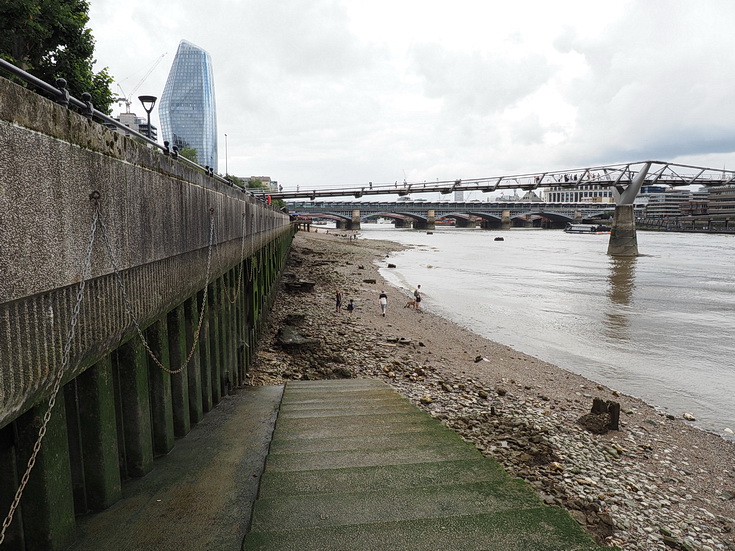
These day people are more interested in finding old pipes, bits of china and historical fragments, but back in the day, poor folks could eke out a living on the shores of the Thames:
Mudlarks would search the muddy shores of the River Thames at low tide for anything that could be sold – sometimes, when occasion arose, pilfering from river traffic as well.
By at least the late 18th century people dwelling near the river could scrape a subsistence living this way. Mudlarks were usually either youngsters aged between eight and fifteen, or the robust elderly; and though most mudlarks were male, girls and women were also scavengers.
Becoming a mudlark was usually a choice dictated by poverty and lack of skills. Work conditions were filthy and uncomfortable, as excrement and waste would wash onto the shores from the raw sewage and sometimes also the corpses of humans, cats and dogs.
Mudlarks would often get cuts from broken glass left on the shore. The income generated was seldom more than meagre;but mudlarks had a degree of independence, since (subject to tides) the hours they worked were entirely at their own discretion and they also kept everything they made as a result of their own labour. [—]
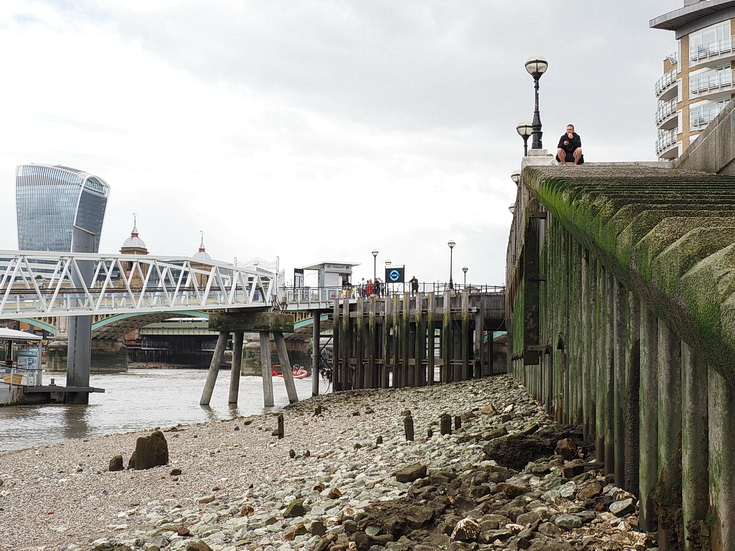
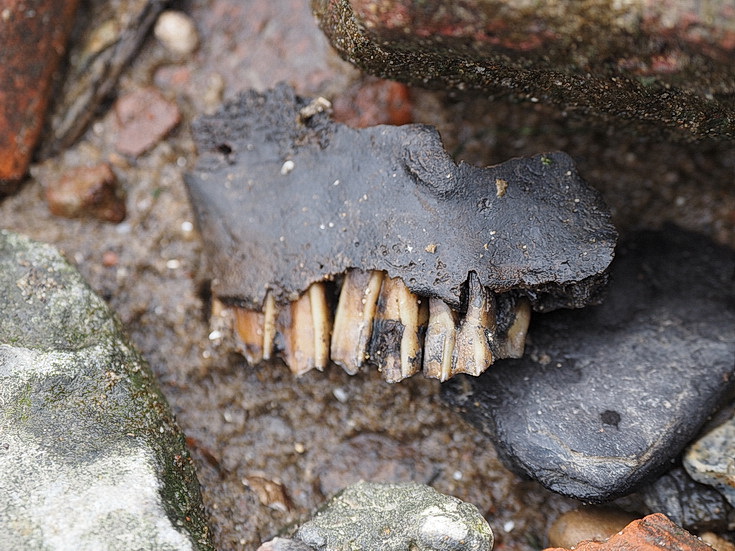
It’s not unusual to find animal (and sometimes human!) remans at low tide.
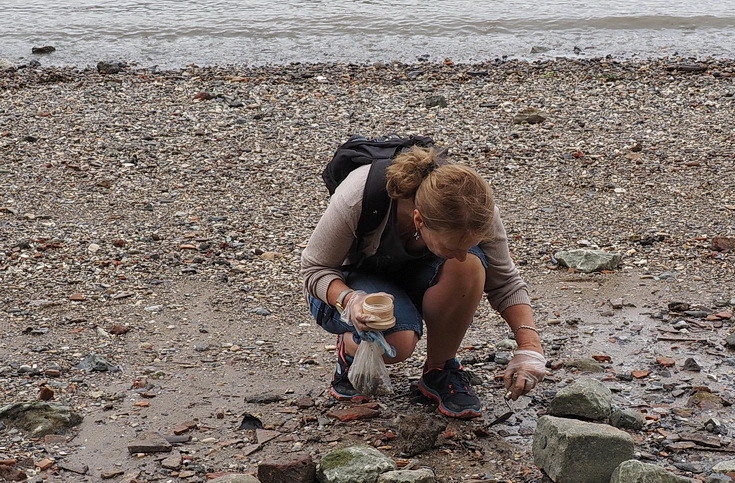
The rules about mudlarking are quite strict: technically, you’re not allowed to dig, scrape, or use a metal detector without a permit, which has to be obtained from the Port of London Authority.
In fact, you’re not supposed to even turn over rocks to see what’s underneath, but that rule is unlikely to be enforced unless you’re digging up a half ton of stuff.
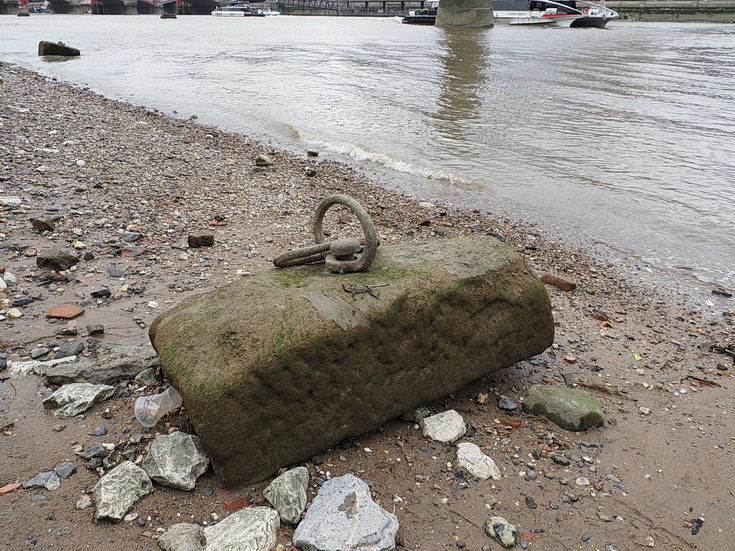
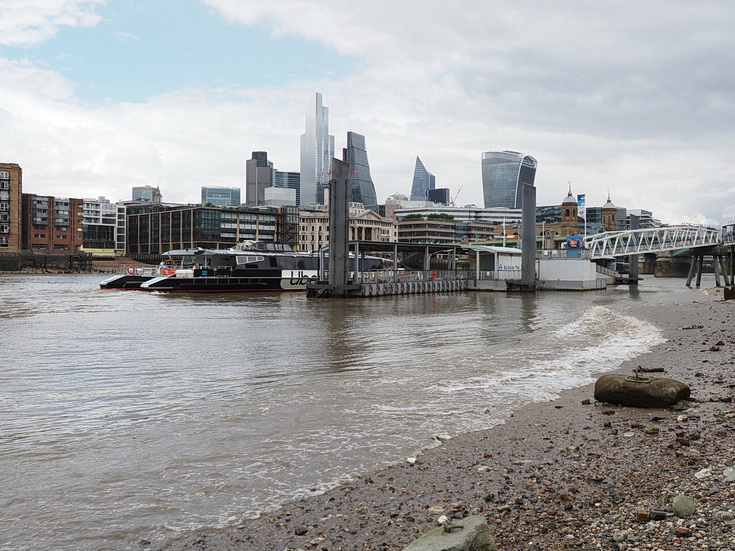
The City of London rises up over the Thames.
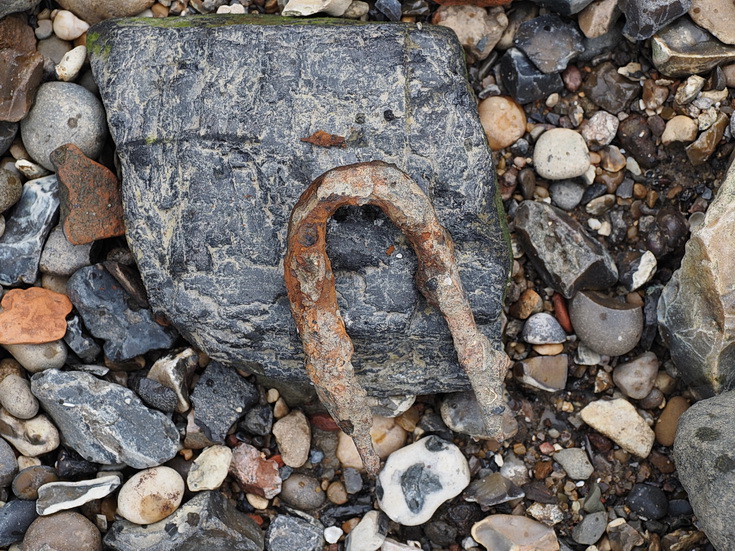
Rusty metal thing.
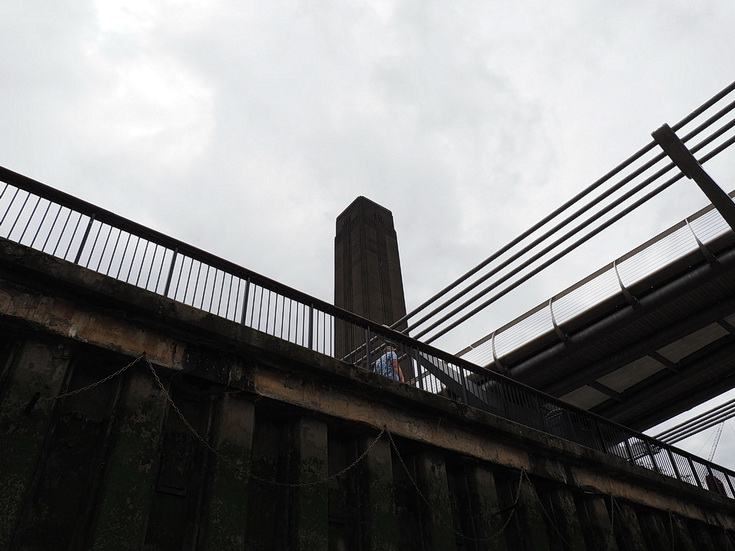
Looking up at the Tate Modern.
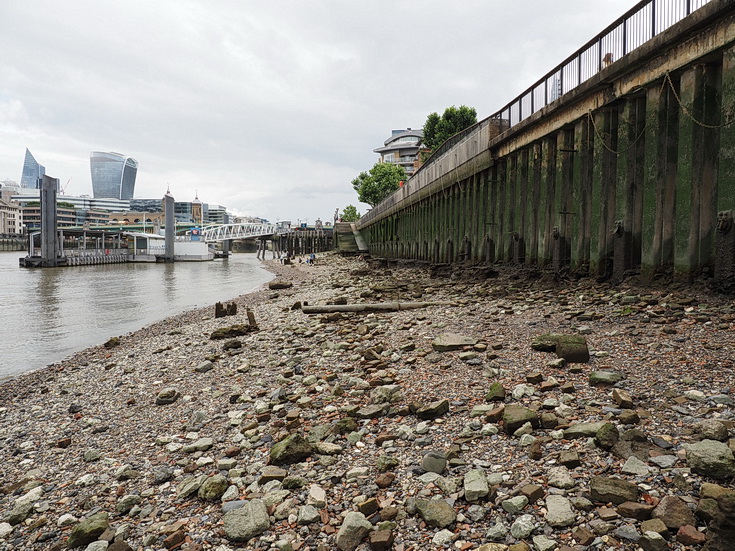
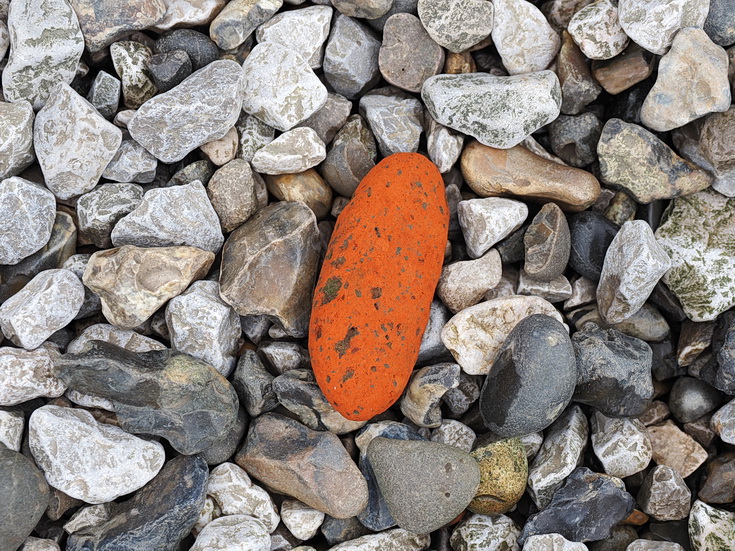
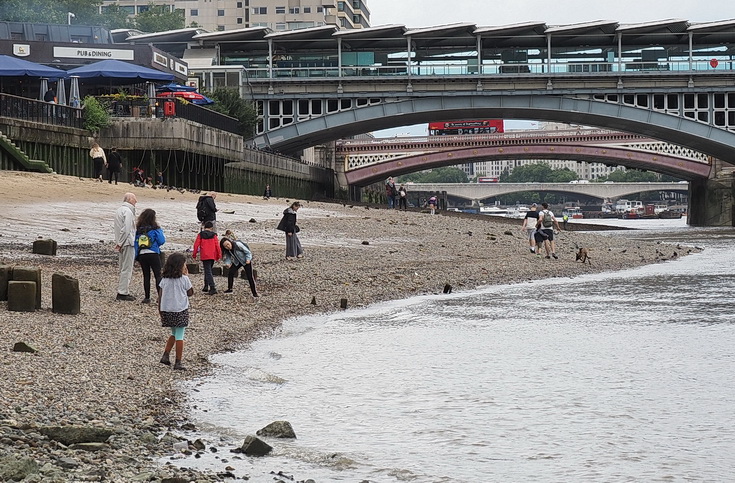
Mudlarkers on the banks of the Thames.
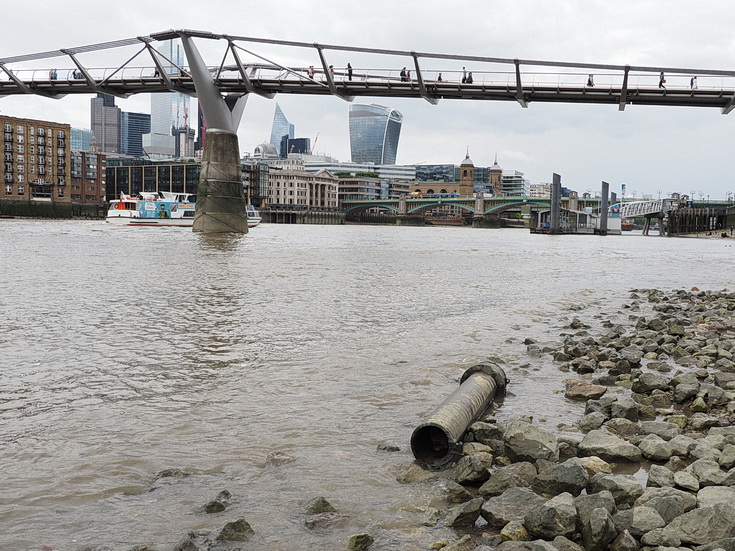
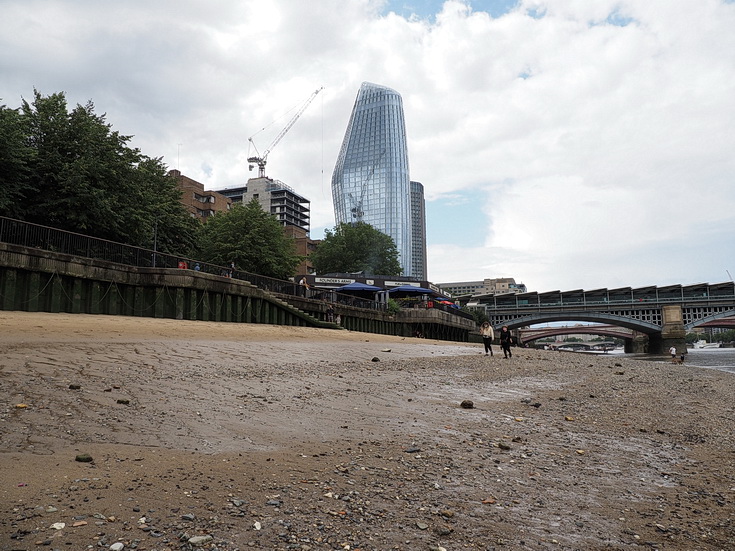
Looking towards Blackfriars Bridge.
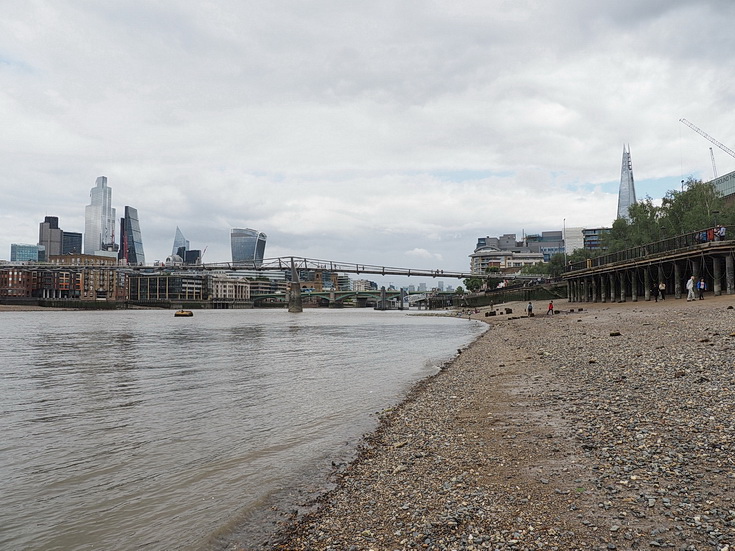
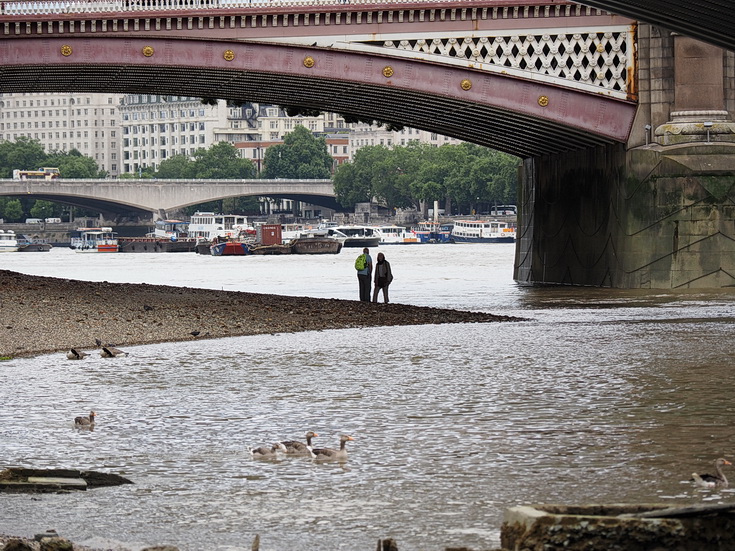
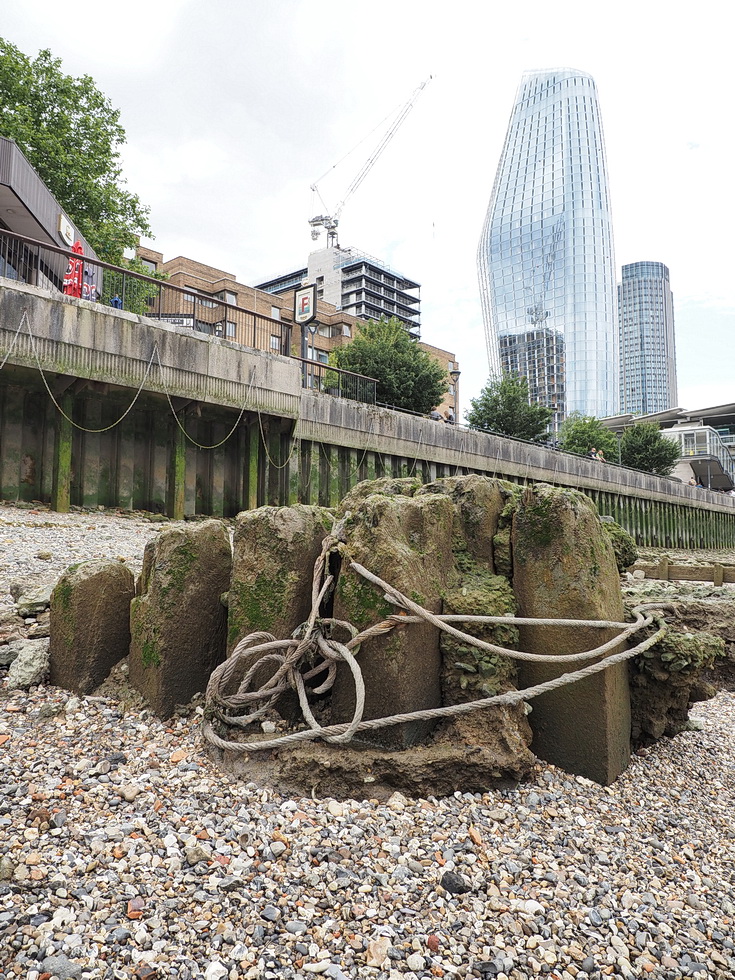
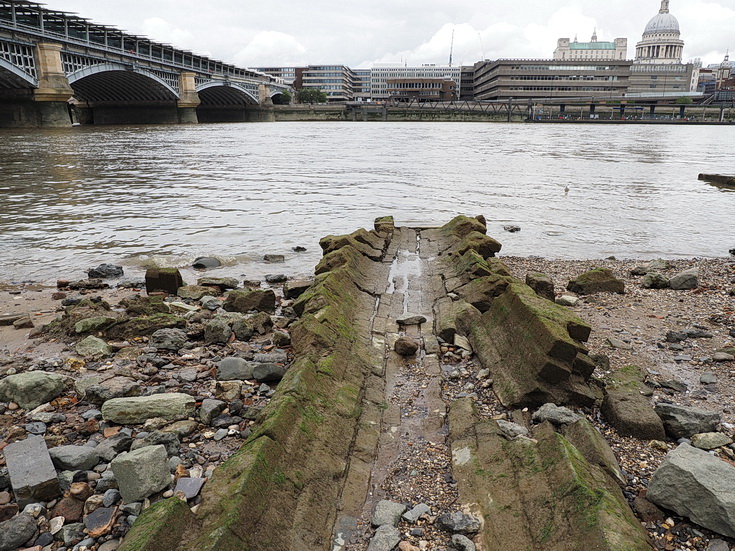
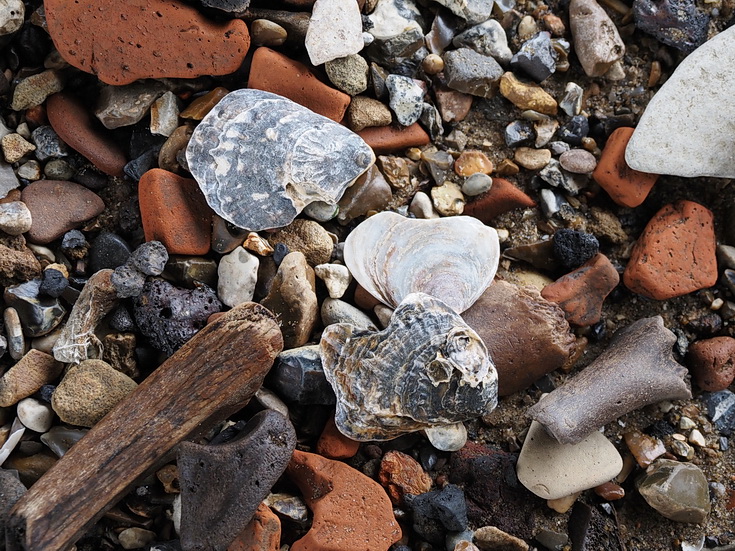
You’ll often see discarded oyster shells, bits of clay pipes and broken bricks and roof tiles.
Oysters were hugely popular with the Victorians:
According to Smith, in 1910 it was estimated by the British Government that oyster was the most important industry in the world. But they weren’t just eaten by those at the top end of society.
In London, street sellers might walk around with them selling two dozen at a time to the big houses on a servant’s night off, while others might have eaten them with alcohol, “as some were given away in pubs as a means of getting somebody to come in and have a drink”. [–-]
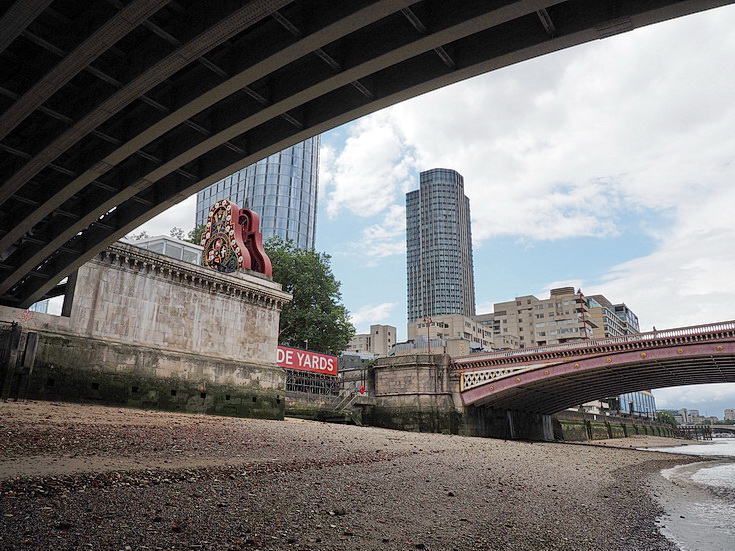
Between the bridges.
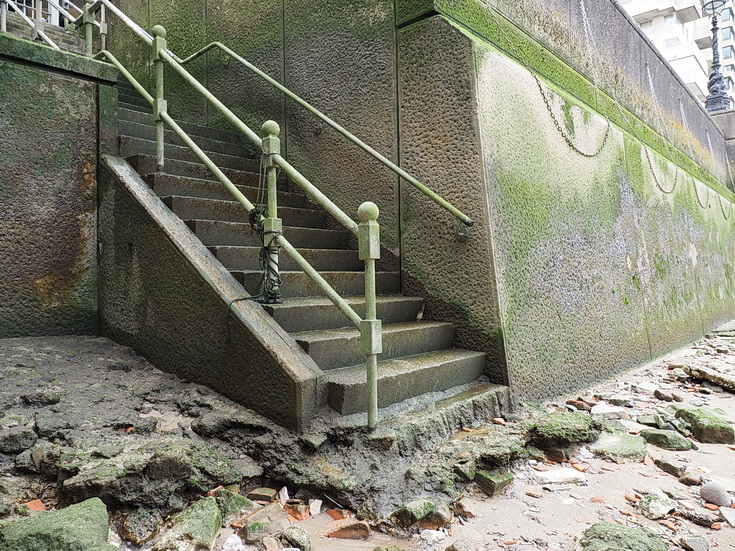
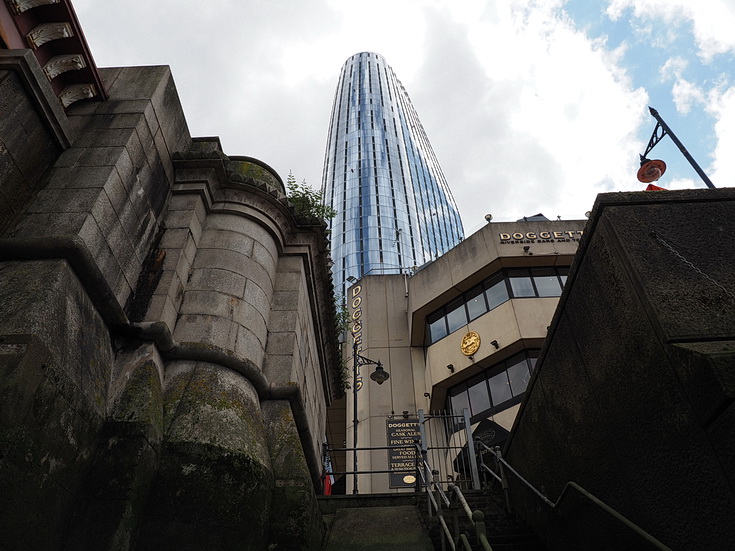
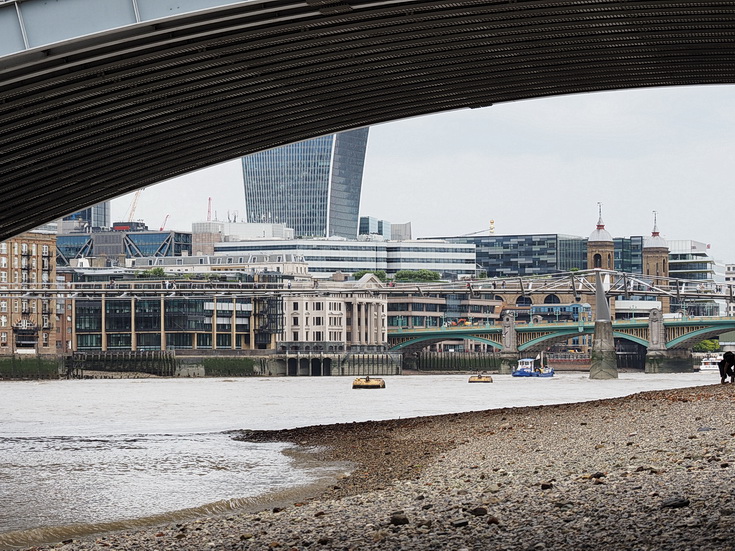
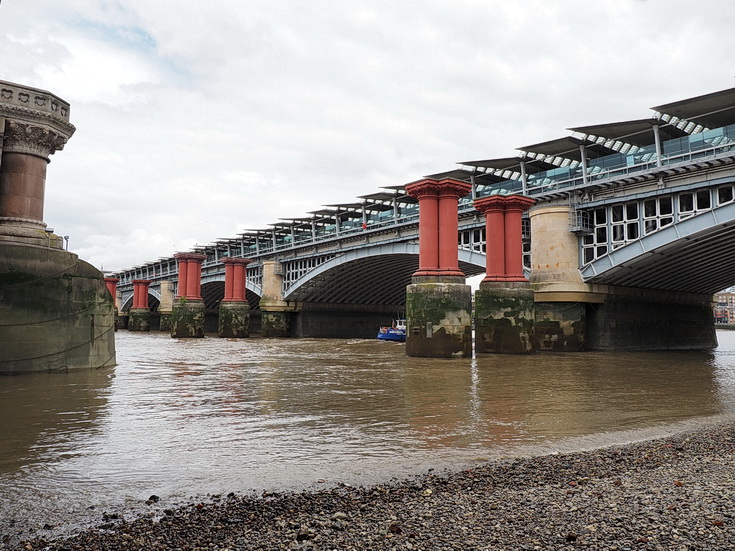
Blackfriars station with disused railway bridge piers.
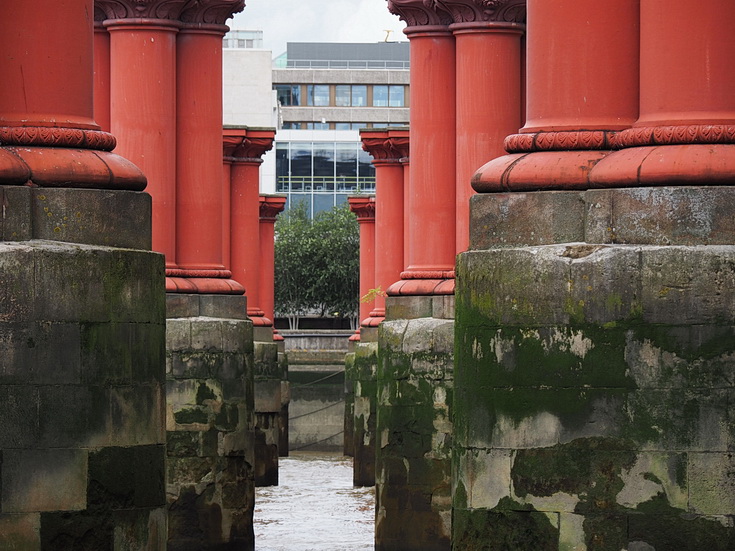
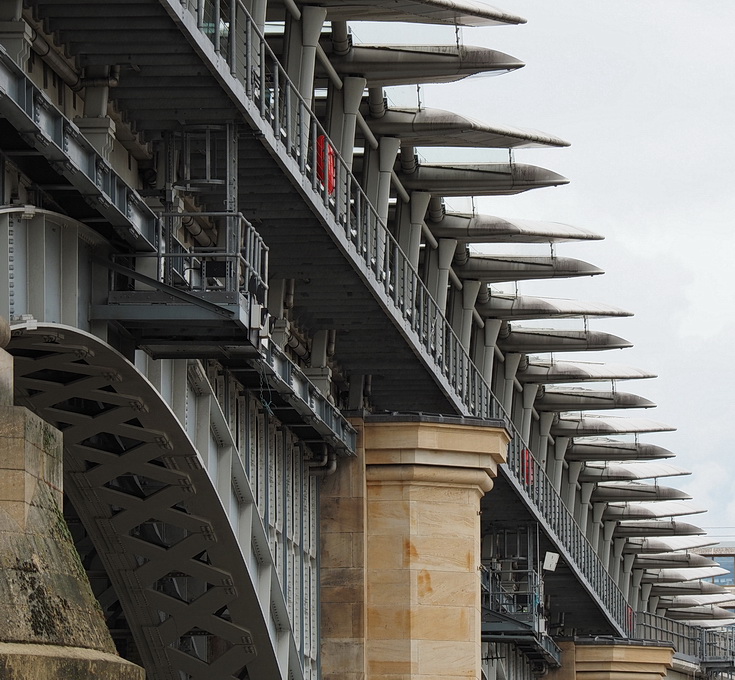
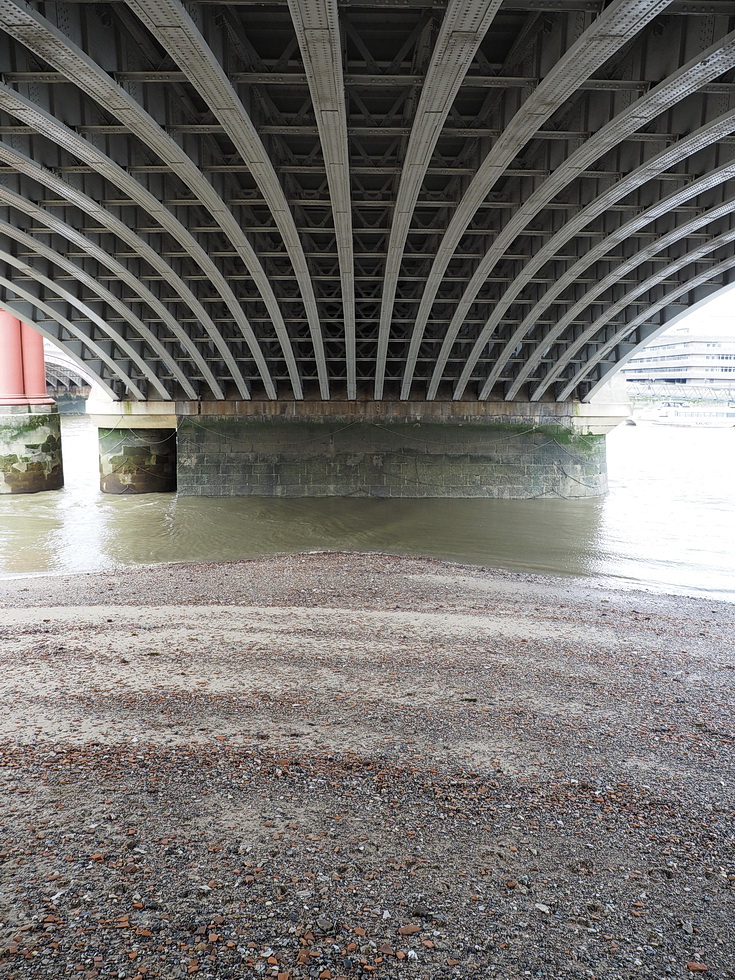
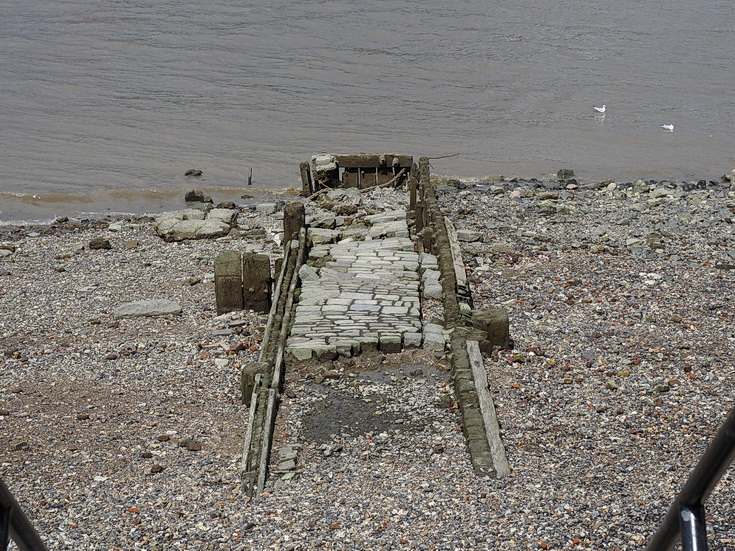
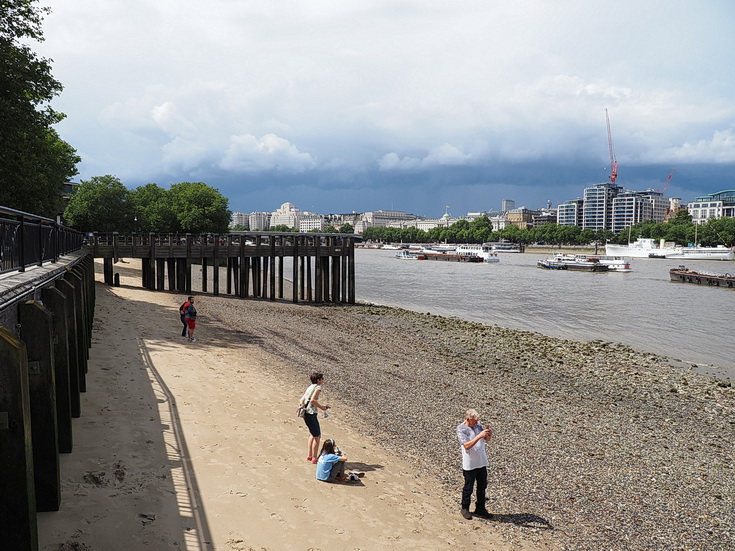
On the beach by the Southbank.
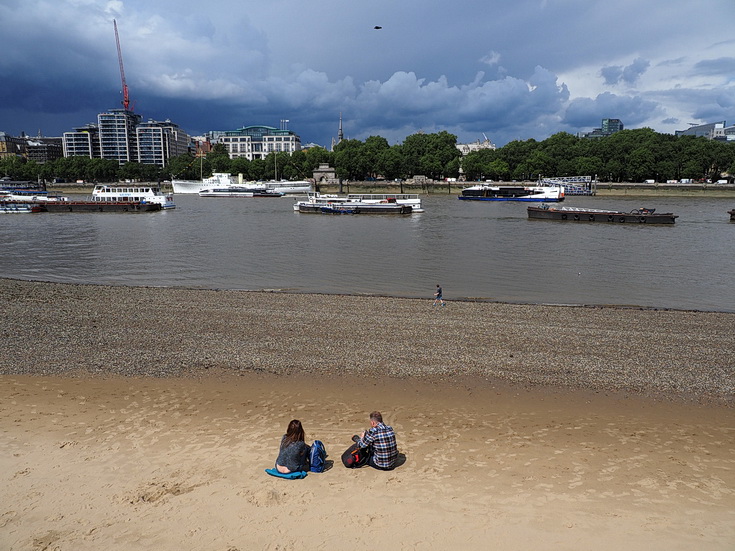
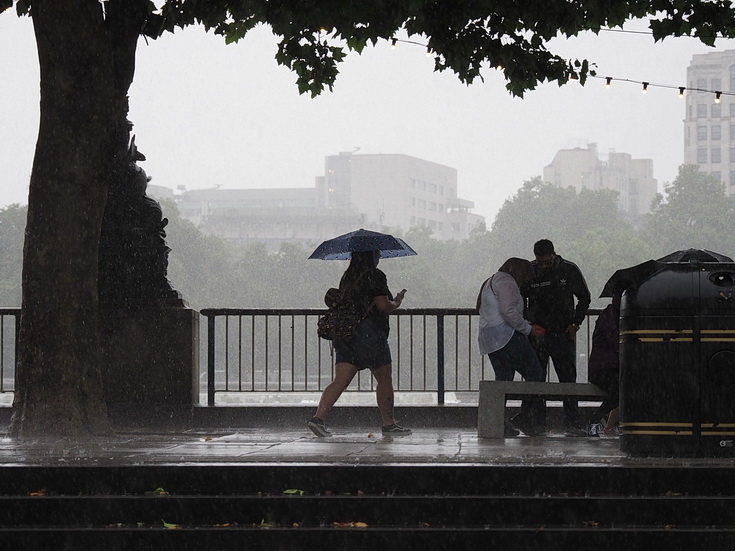
Inevitably, the sun disappeared and a heavy rainstorm sent people scuttling for cover.
Find out more
- Thames Discovery website
- 7 Unexpected Things You Might Find In The Thames
- Thames foreshore access including metal detecting, searching and digging.
Join the discussion
- The River Thames – photos and stories (over 570 posts)
- Mudlarking on the Thames (45+ posts)



